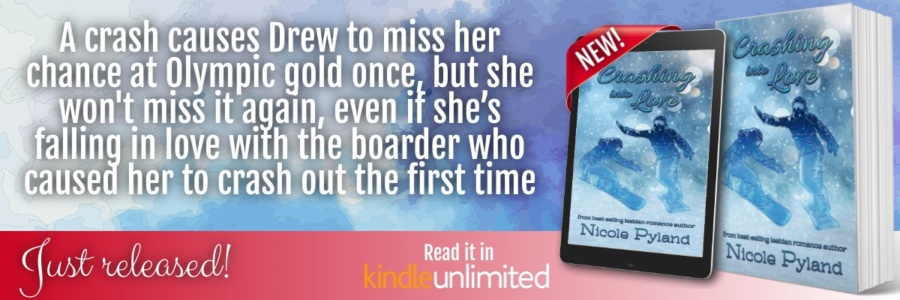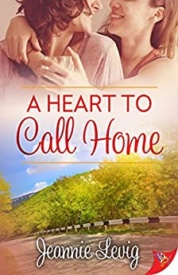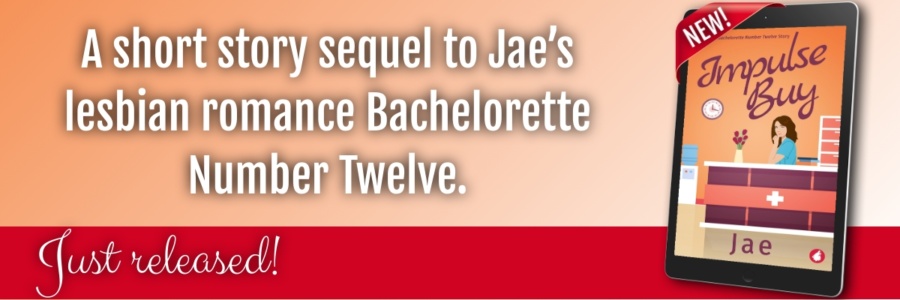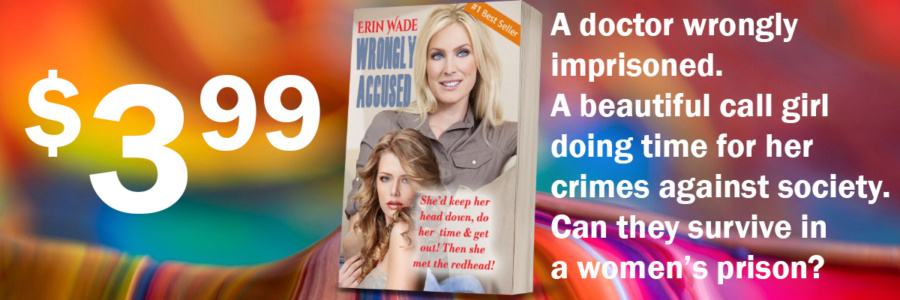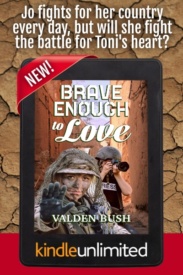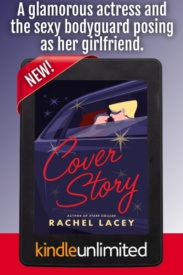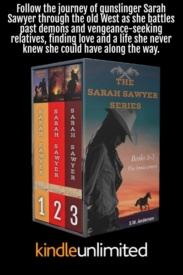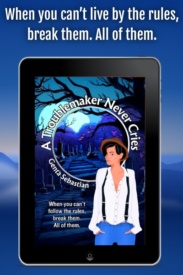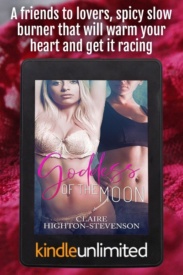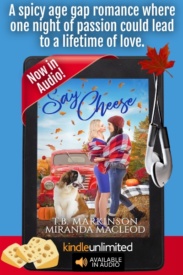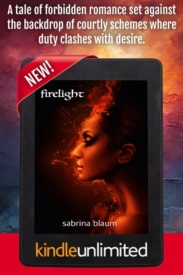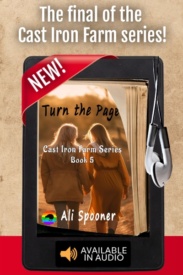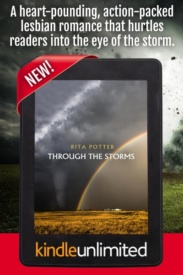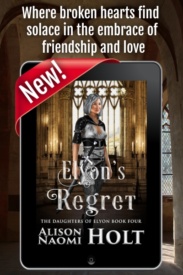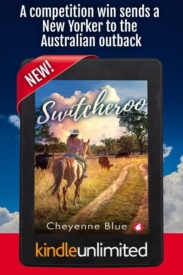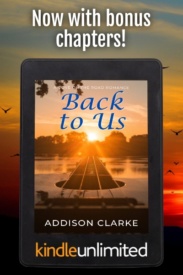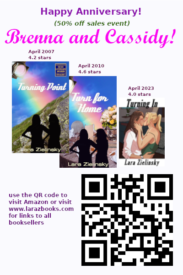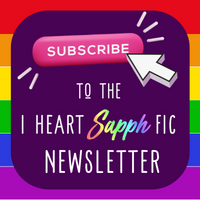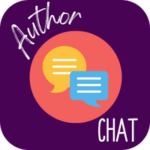
Get ready to learn more about the book A Heart to Call Home in this discussion with sapphic author Jeannie Levig.
Join us for an exclusive peek behind the scenes as we quiz Jeannie Levig about A Heart to Call Home, writing, reading, and more.
This book is part of the Small Town Romance category in the 2024 IHS Reading Challenge.
Why did you write A Heart to Call Home?
I wanted to write a story that takes place in a small town because I have very fond memories of growing in such an environment. When the characters and some of the major plot points came to me, it felt like the perfect story to be set in the type of community in which I spent my childhood. Clearwater Springs, the setting for A Heart to Call Home, is my hometown under a fictional name.
One of the biggest things in this story that spoke to me was that both main characters are high school teachers, and one in particular, Jessie Weldon is very much like my mother who taught high school English in the small town of Tehachapi California for almost five decades. As a teacher, my mother was extremely dedicated and committed to giving her students the very best of herself in preparing them for their futures after graduation. At the time I wrote this book it had been four years since my mother’s death, and I wanted to somehow immortalize the legacy she left in so many lives by portraying her essence in this story.
Who is your favorite character in the book?
My favorite character in A Heart to Call Home is Dakota Scott, one of the main characters who has spent thirty years trying to outrun a tragedy from her past. Throughout the writing of this story, I was touched deeply by Dakota’s guilt and pain and by how hard she tried to conceal it. The emotional bond between her and Jessie builds on and around this tragedy and makes it necessary for both of them to heal in order to be together.
While Dakota’s story is quite different from my own in that I have no deep tragedy in my life to overcome, we are similar in that we both feel things very deeply, and therefore, I did find myself relating to her very strongly as I was writing.
What part of A Heart to Call Home was the most fun to write?
The part of A Heart to Call Home that was the most fun for me to write was the evolvement of Jessie and Dakota’s overall relationship. They began in Chapter One in an interesting situation in which Jessie is struggling with remnants of a childhood crush she had on Dakota while at the same time trying very hard to hold on to deep resentments from long ago. For her part, Dakota has no knowledge that Jessie ever existed due to the fact that she was several years older and one of the coolest kids in town, way to cool to have known about someone’s little sister. In addition, they are very different kinds of teachers, Jessie’s focus being on preparing her students academically for success in their future careers, and Dakota’s drive as the Girls Volleyball and Basketball Coach to take Clearwater Springs to the championships. The phases they go through in their relationship development were fun to write, first because they entailed so much conflict, both internally and between them, and secondly because no matter how hard they tried to maintain a dislike for one another, the deep connection that linked them from so long ago drew them together. The complexity of such a relationship was both a challenge and a lot of fun to write.
What is your favorite line from your book?
One of my favorite lines in A Heart to Call Home was something I borrowed from my mother who said it once to a parent.
In the story, Dakota has come to talk to Jessie about one of her star players who had gotten a F in Jessie’s English class and was therefore ineligible to finish out the volleyball season. After Dakota realizes her usual charms are not working on Jessie, she addresses her pointblank, “I wanted to ask why you gave her an F” and Jessie replied “Because they won’t let me give her a G.”
When you’re writing an emotional or difficult scene, how do you set the mood?
Meditation plays a significant role in my writing in general, and particularly if I’m heading into a scene that’s especially emotional or difficult in some way. I try to always end a writing session at the end of a scene, so when I pick up again, I start with rereading what I wrote in the previous session. Then I go into meditation with my focus first on the last section I wrote, then let my thoughts flow into what happens next. When I know the next part is going to be difficult, especially emotionally, I spend extra time meditating on it. And I don’t start actually writing until I feel sure of where the scene is going. Sometimes, this can slow down the process substantially, but in the long run, it saves a lot of rewriting, which I prefer. I’d rather take longer to get a difficult scene down than have to keep rewriting that difficult scene multiple times.
I find meditation and the state of being in “the zone” while writing to be very similar. There are times when I’ve been in that zone and I go back the next day to read through what I wrote that I have no recollection of writing a paragraph or whole section of a scene, and as odd as it might seem, I’ve learned to trust that meditative state.
Have you ever cried when writing an emotional scene?
Yes, I’ve cried writing a number of emotional scenes, but there was onr in particular that will always stay with me. The first romance novel I wrote is called Embracing the Dawn, the story of an ex-con named Jinx Tanner and a successful businesswoman, EJ Bastien, meeting and finding their happily-ever-after against all odds. After the book came out and due to an episode of a podcast called Les Do Books in which Tara Scott and Amy Herman-Poll talked about why they loved the story and requested a sequel, said sequel was contracted. It’s called Embracing the Moon, and in it, the gang from Embracing the Dawn come togerther again and readers get to attend Jinx and EJ’s wedding. I cried all the way through the writing of that wedding scene.
While Jinx and EJ aren’t the main characters of Embracing the Moon, but rather primary secondary characters, being with them again in the writing of such a deeply emotional life event was more than I could take. I started crying the second the ceremony began, and even though I stopped writing repeatedly to dry my eyes and blow my nose–yes, it was ugly crying–every time I started typing again, the floodgates burst open once more. I was a total mess by the time it was all over.
I think the reason this scene had such a strong impact on me is that Jinx and EJ were the first actual genre romance couple that I wrote, and spending all those many, many hours and days being ushered through their trials and tribulations of love in such an intimate level bound me to them and their story at a level almost as emotionally charged as times in which I’ve fallen in love myself. When I’m writing, I don’t feel like I’m writing a story, but rather like I’m living it, and at times it can overtake me. I think that’s what happened with this scene.
I still can cry any time I read it again, especially if I’m re-reading the entire book.
What type of books do you enjoy reading the most?
Most of my favorite reads fall into the general fiction category, whether it be general sapphic fiction or general mainstream fiction. I use this term to specify books that don’t fit into any specific genre and don’t follow designated formulas or rules. I love these types of books for that very reason. While sometimes, yes, I’m in the mood for a guaranteed happy ending as in the romance genre or some good suspense but with no blood or gore like in a cozy mystery, I mostly enjoy the unexpected plot twist that pushes the boundaries of a story or, better yet, defies any boundaries at all. I like the freedom of general fiction and the boldness that an author can explore.
I’m not sure when I consciously became aware of this type of book. As a child I read a lot, but I don’t remember being able to identify different genres of books until maybe my teens or even perhaps my early twenties. Some of my more recent general fiction faves include titles like Where the Crawdads Sing (mainstream) by Delia Owens; Malibu Rising and Carrie Soto Is Back, both mainstream and by Taylor Jenkins Reid; also by Reid but sapphic themed, The Seven Husbands of Evelyn Hugo; Seven Moves and Right After the Weather by Carol Anshaw, both with sapphic main characters; Life in Death by M. Ullrich (sapphic); After Mrs. Hamilton by Claire Ashton (sapphic). I think I’d also include The Tell Tale by Ashton, though some might put that title into a genre. The Smell of Rain by Cameron MacElvee, sapphic. And there are so many more great ones.
I’ve written one sapphic general fiction novel called Threads of the Heart that follows three relationships at different stages and the friendships between five women, and at some point, I’d like to write more. If you give Threads of the Heart a try, remember, there are no genre rules for it to follow, but it did win a Goldie in the debut novel category. 😉
What books have you read more than once in your life?
I’ve read many books more than once–all of the ones I named above, and a whole lot more. I love rereading books that I enjoyed a lot the first time. Books that draw me back for rereads are nuanced, so each time I read them, I tend to focus on a different layer or aspect of the story. On the first read, I’m looking primarily at the surface-level story, but I find that even as I’m doing that, I’ll notice things like a great writing style, the author voice, deep character development–all things that get and hold my attention as a reader and will suck me in for subsequent reads. A great writing style will keep me coming back countless times, as will emotional depth and a fascinating backstory. I also love a book that warms my heart in some way. It just depends on what I’m in the mood for when I turn to my reread shelf.
In addition to all of the books I mentioned in the previous question, here are a few more I’ve read many times: To Kill a Mockingbird by Harper Lee; Roller Coaster by Karin Kallmaker; The X Ingredient by Roslyn Sinclair; A Prayer for Owen Meany by John Irving; The Handmaid’s Tale and The Blind Assassin by Margaret Atwood; Turbulence by E. J. Noyes…and again, many many more.


